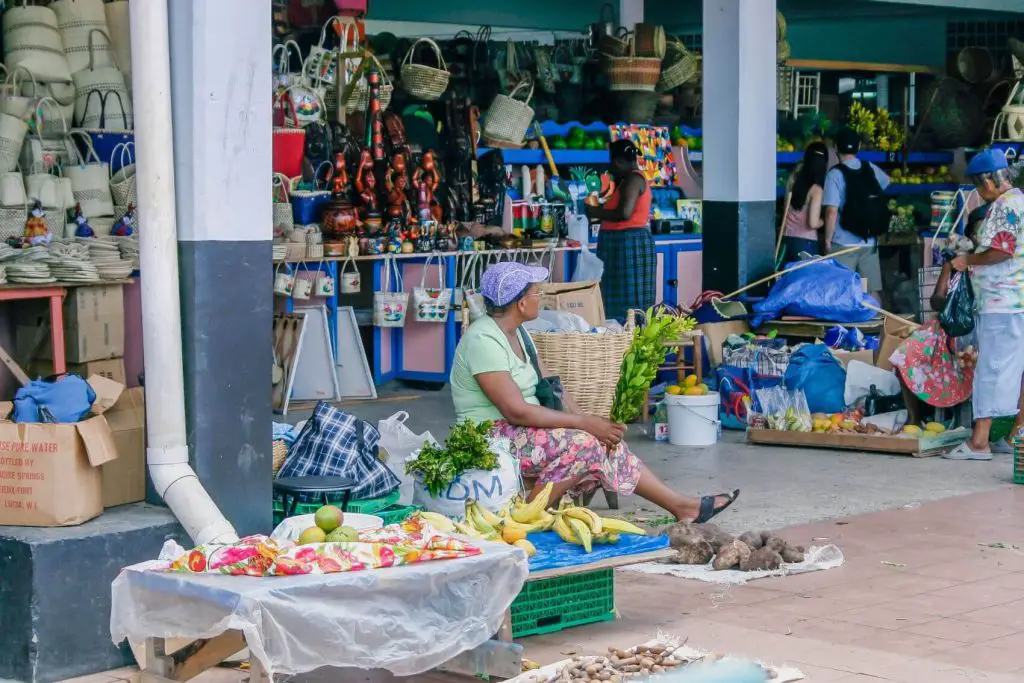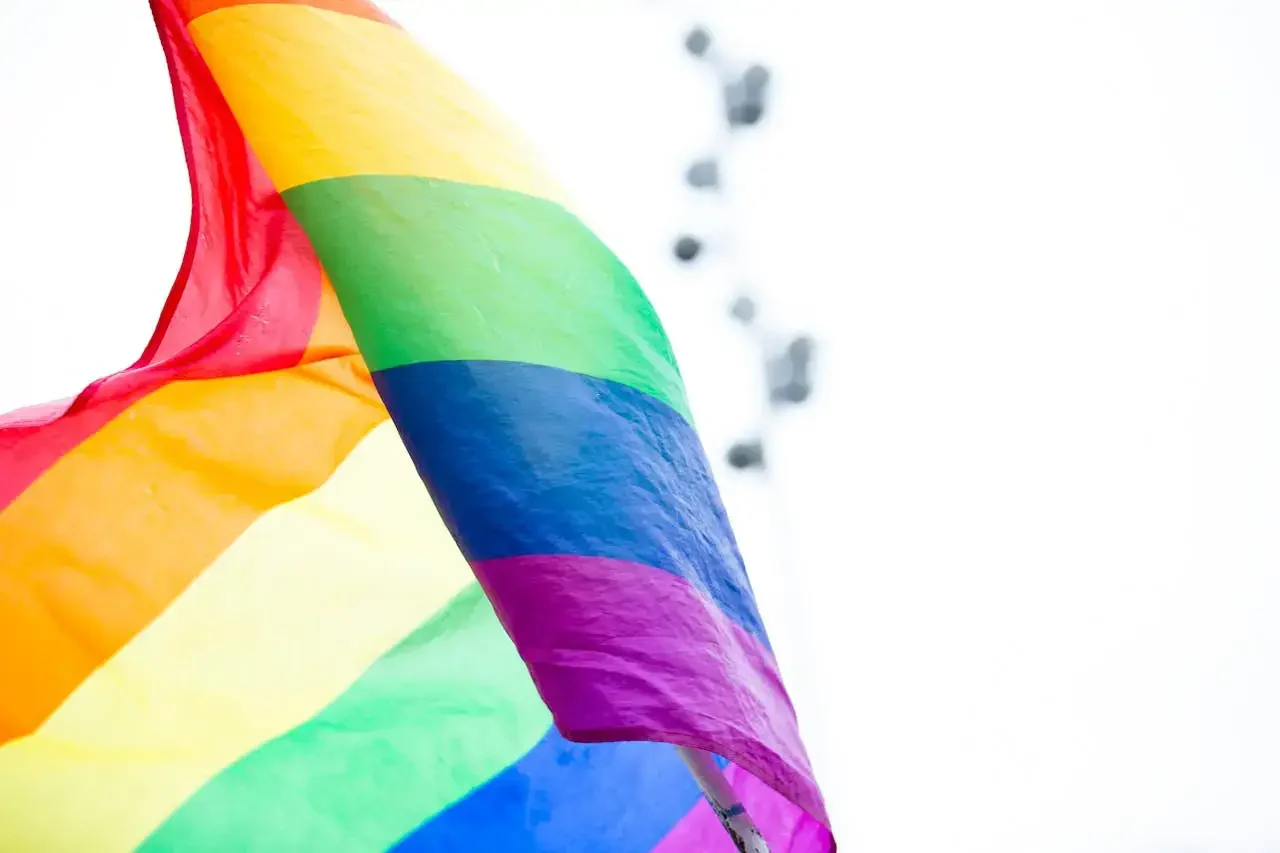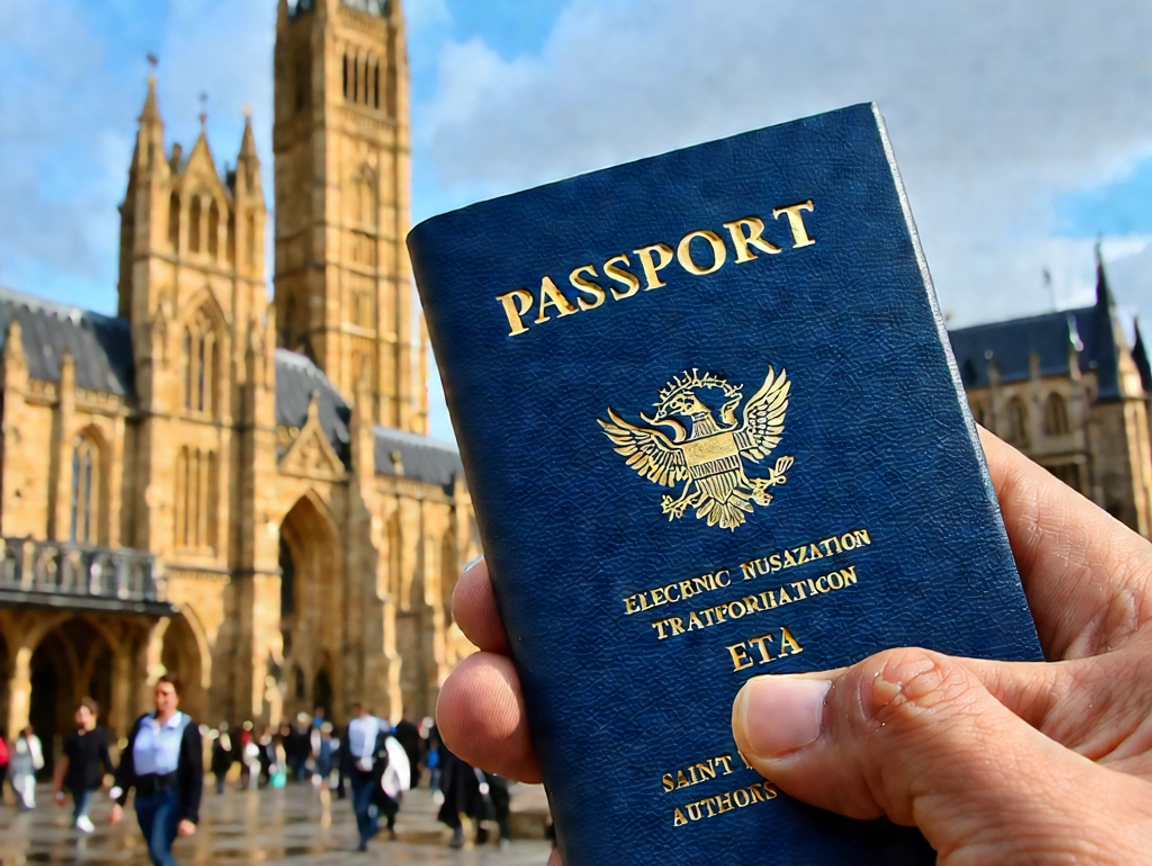SAINT LUCIA BUCKET LIST: 21 Best Things To Do in St Lucia
Author: Megan
Site: https://mycanadianpassport.com
To prepare more for my first trip to St. Lucia, I wanted to learn more facts about the beautiful island country I would be visiting. What I ended up learning was incredibly interesting, and since most people don’t know a whole lot about St. Lucia, I thought I’d share the facts here.
If you aren’t already in the process of planning a trip to St. Lucia, you will be after reading this!

Interesting Geographical Facts About St. Lucia
- St. Lucia covers 238.23 square miles and is 27 miles long and 14 miles wide.
- St. Lucia is the second largest of the Windward Islands.
- St. Lucia is located in the Caribbean Sea, as part of the Lesser Antilles. It is bordered by the Northern Atlantic Ocean on one side and the Caribbean Sea on the other. The closest islands to St. Lucia are St. Vincent to the south, and Martinique, to the north.
- With more mountains than most other Caribbean islands, St. Lucia was formed due to volcanic activity.
- The twin volcanic peaks known as the Pitons are both St. Lucia’s most famous landmark and a UNESCO World Heritage Site.
- Standing at 3,117 feet, the summit of Mount Gimie is the highest point on the island.
- St. Lucia is divided into 11 quarters. These are Anse la Raye, Dauphin, Castries, Choiseul, Dennery, Gros Islet, Laborie, Micoud, Praslin, Soufrière and Vieux Fort.
- As of 2020, St. Lucia has an estimated population of 170,000. Roughly 70,000 people live close to the capital city of Castries, while the rest primarily reside around the island’s coastal perimeter.

Interesting Historical Facts About St. Lucia
- St. Lucia was first known as the Island of the Iguanas by the Amerindian Arawak and Carib settlers on the island.
- The island was named after Saint Lucy of Syracuse by a group of French sailors who became shipwrecked and stranded on the island on December 13th, the saint’s feast day.
- St. Lucia is the first and only country in the world to be named after a woman.
- The French were the first European settlers in St Lucia. In 1660, they signed a treaty with the indigenous Carib people.
- Between the years 1663 and 1814, France and England fought over St. Lucia. During that time the island changed hands 14 times which earned it the nickname the “Helen of the West Indies“.
- In 1814, St. Lucia became a crown colony when the French surrendered the island to the British following the Treaty of Paris.
- The British brought in slaves from West Africa to work on the sugar cane plantations.
- In 1834, Slavery was abolished in St. Lucia.
- Between 1871 and 1956, St. Lucia was a member of the Leeward Islands Federation. Then, from 1958 to 1962, it became a member of the Federation of the West Indies.
- Despite the abolishment of slavery, St. Lucia continued to cultivate sugarcane until 1964 when the sugarcane fields were swapped out for banana trees. Today, bananas are the most bountiful crop on the island. Other crops grown in St. Lucia include coconuts, cacao, mango, avocado, cassava and yams.
- St. Lucia gained its independence from England on Feb 22, 1979, becoming an independent state of the Commonwealth of Nations.
- “The Land, The People, The Light” was deemed the national motto of St. Lucia once the island became independent from British rule.

Interesting Cultural Facts About St. Lucia
As a member of the Commonwealth of Nations, St. Lucia shares Queen Elizabeth II as its head of state, along with Australia, Canada, Jamaica, Barbados, Grenada and 10 other Commonwealth realms. On the island, Queen Elizabeth II is represented by the Governor-General of Saint Lucia, Emmanuel Neville Cenac…
Read the full Post here:
Post: https://mycanadianpassport.com/interesting-facts-about-st-lucia/




